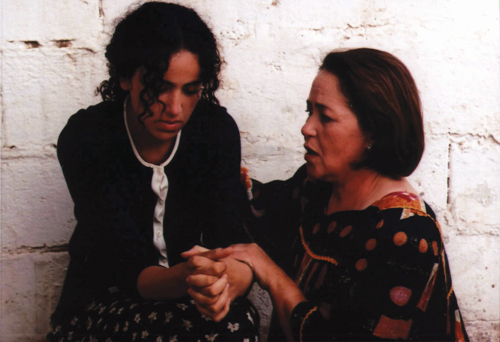There has been a particular video in my recommendations on YouTube which I’ve ignored up until today. The video, titled “I spent a day with multiple personalities (Dissociative Identity Disorder)” has amassed over 17 million views since it was posted in May 2020. Intrigued, I watched the video on something I knew only academically, based on my courses as a psychology minor.
However, this video contained interviewees and therefore real stories and accounts of what it is like to live with the disorder.
The video is part of Anthony Padilla’s series, “I spent a day with…”, which includes topics such as “school shooting survivors”, “people with schizophrenia”, “kidnapping survivors”, etc.
These videos each have over a million views, and are usually at the top when searching these topics. Hence, these videos are educating millions of people on taboo or stigmatized topics which deserve more representation on social media.
These videos also give people the chance to explain their stories as they would like others to remember it, and not by what the media portrays. They also allow for the opportunity to address stereotypes or assumptions stemming from a lack of education from individuals experiencing these particular circumstances.
Dissociative Identity Disorder, as defined by the DSM-5, is, “a disruption of identity characterized by two or more distinct personality states or an experience of possession” (Psychiatry Online). In “I spent a day with multiple personalities (Dissociative Identity Disorder)”, Anthony Padilla interviewed DID systems such as Amanda, the Redwoods, and Nin from DissociaDID.
DID is a result of repeated trauma during childhood, and as explained by one of the interviewees Nin, “this trauma, along with the ability to dissociate to a high level and having disorganized attachments to your primary caregivers, prevents one personality from fully integrating because of the amnesia that goes up to keep that trauma away” (Anthony Padilla).
According to The Recovery Village, “Available research indicates that approximately two percent of people in the world experience dissociative disorders and they are more commonly diagnosed in women.”
According to Nin, though it may sound uncommon, 1-3 percent is also the same amount of people who have red hair globally; therefore, it is not as uncommon as it sounds.
When asked if she had any advice to people who are afraid of judgment or backlash over their diagnosis, Nin stated, “It’s okay to take your time with it. Nobody’s entitled to information about why this has happened or anything deeply personal about how you exist as you are. But there is absolutely nothing to be ashamed of. We see you and we believe you” (Anthony Padilla).
In the video, Padilla asked the interviewees how they prefer to be addressed (singular or plural), how does having DID affect them in their everyday life, how they feel about labels, positive versus negative triggers, etc.
These questions are important to ask because most of the public’s information on DID comes from movies such as Glass (2019), which include an exaggerated and almost dangerous depiction of individuals with DID. To debunk these myths, we must listen to those who actually experience the disorder in their everyday life, and listen to those with credibility.
After learning so much from Padilla and his guests, I continued to watch Nin on DissociaDID to inform myself on DID. In their channel, Nin and her alters express themselves through art, specifically makeup, and provide their take on PTSD, dating, self care, trauma, therapy, and more.
Overall, it is important that we take time to educate ourselves on issues we may not come into contact with in our everyday lives. Having information on Dissociative Identity Disorder and other disorders can make us better equipped at educating others and being more empathetic. The intent is to make everyone feel safe, represented, and heard.



